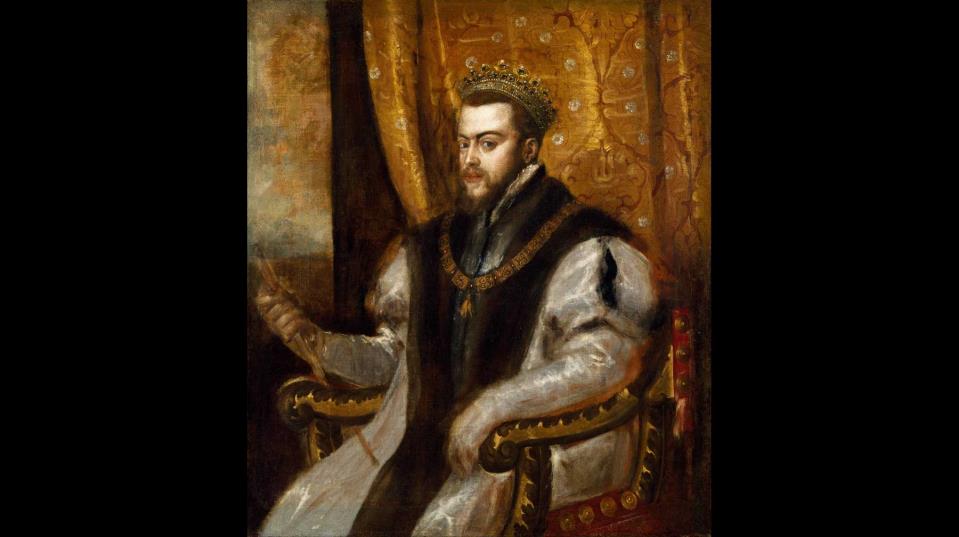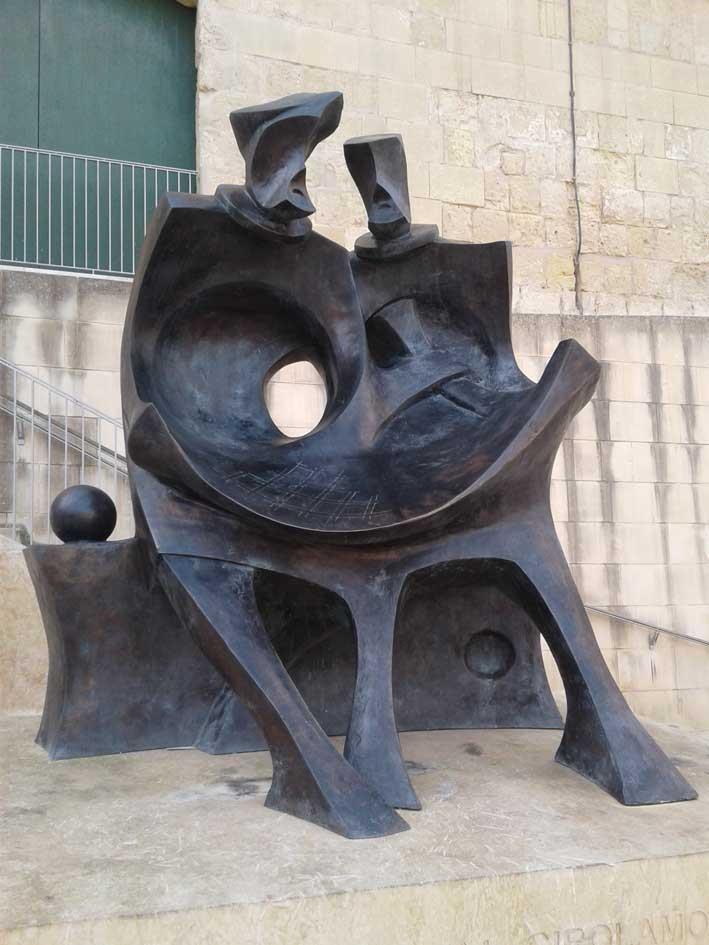While we are happy enough to explore and admire famous cities overseas, we are in danger of taking our own valiant Valletta for granted. And if there is one thing we should all gain during its coming 12 months of cultural exposure and creativity, it is a new-found admiration and respect for what is a truly remarkable city. It may be one of the smallest European capitals, but its heart is huge.
Christianity was only beginning to spread through Europe, when a ship, carrying the future St Paul, was wrecked on what is believed to have been the islands of Malta. The survivors were made welcome and as a result of this event Christianity came to Malta. A testament to this is, of course, the Church of St Paul's Shipwreck, in Valletta.
There is a tenuous but fitting link here, in as much as centuries later, the Knights of St John, intended Malta to be not only a fortification and useful harbour, but also a place of care and safety. Grand Master La Vallette, a hero of the 1565 Great Siege, set about planning such a city which, of course, came to be named after him. The site chosen for the new city, Mount Sceberras, was perfect; situated between two ready-made, very deep harbours, on land that was totally bare but for one watch tower, which is still known as St Elmo.
It was not only to be a fortified city but one which considered its inhabitants and their welfare and comfort. When the Knights' Hospital and places of shelter were built for soldiers injured in the Crusades and pilgrims travelling to and from holy places, the city's unique identity was forged.

First European cultural links
Conditions in the Mediterranean area at that time were such that other European countries supported this practical approach to the security of the Church and the region, by promising financial aid and logistical support. King Philip II of Spain and Pope Pius V offered great assistance. And from the beginning of the project in 1566 until its completion, the beautiful and functional designs of its many buildings became realities. And luckily a fair number survive today.
Thanks to the work of Grand Master La Vallette and Pietro del Monte, who succeeded him, plus architects Francesco Laparelli and his assistant Gerolamo Cassar, and the thousands who built the city, almost with their bare hands, Valletta was completed. The knights moved to the new capital from Victoria, and its population grew.
They lived in a town that was truly ahead of its time. Cassar's Knight's Hospital, the Grandmaster's Palace, St John's Cathedral and the Auberges, were eventually joined by more baroque palaces and churches, with ornate and heavily carved facades.
Valletta was now the city it was meant to be, one of strategic importance, thanks to its unique grid style street plan and fortress walls. It also had what would have been state-of-the-art environmental advantages, having been especially designed to allow for water storage, the circulation of fresh air and sanitation requirements. These were not always priorities with the town planners in those days.

Six centuries later
At the end of World War II, Valletta began a period of recovery from devastating bomb damage. But new towns were also appearing around the island, luring its population to brighter, more spacious homes, and its businesses to offices with more sophisticated surroundings and space. Even as a place of entertainment it was being upstages by other towns. Although still a fascinating place to visit and loved by those who called it home, Valletta seemed almost on the sidelines.
But some years ago this began to change. A new local generation, including in-comers, has discovered what too few people appreciated. And they have the imagination and enthusiasm to not only return Valletta to its previous glory, but to realise the value of its basic bones. They see right into the buildings, whose extraordinary histories emanate from every wall, and soak up the vibes from its streets and alleys; the settings for scenes of who knows what dramas and triumphs.
This city of such rich cultural heritage and irreplaceable architecture and atmosphere is being restored. Restored, not replaced, by people who realise that the true value of culture is in its history and uniqueness.
What makes Valletta precious is more about what was and should remain in the city than about destroying the very factors that make it what it so deserves to be - a city built by gentlemen for gentlemen (the accent in this case being on the word gentle), a World Heritage Site and, for the year 2018, a European City of Culture.